In Photos: The Life of a Shorebird
Oystercatchers
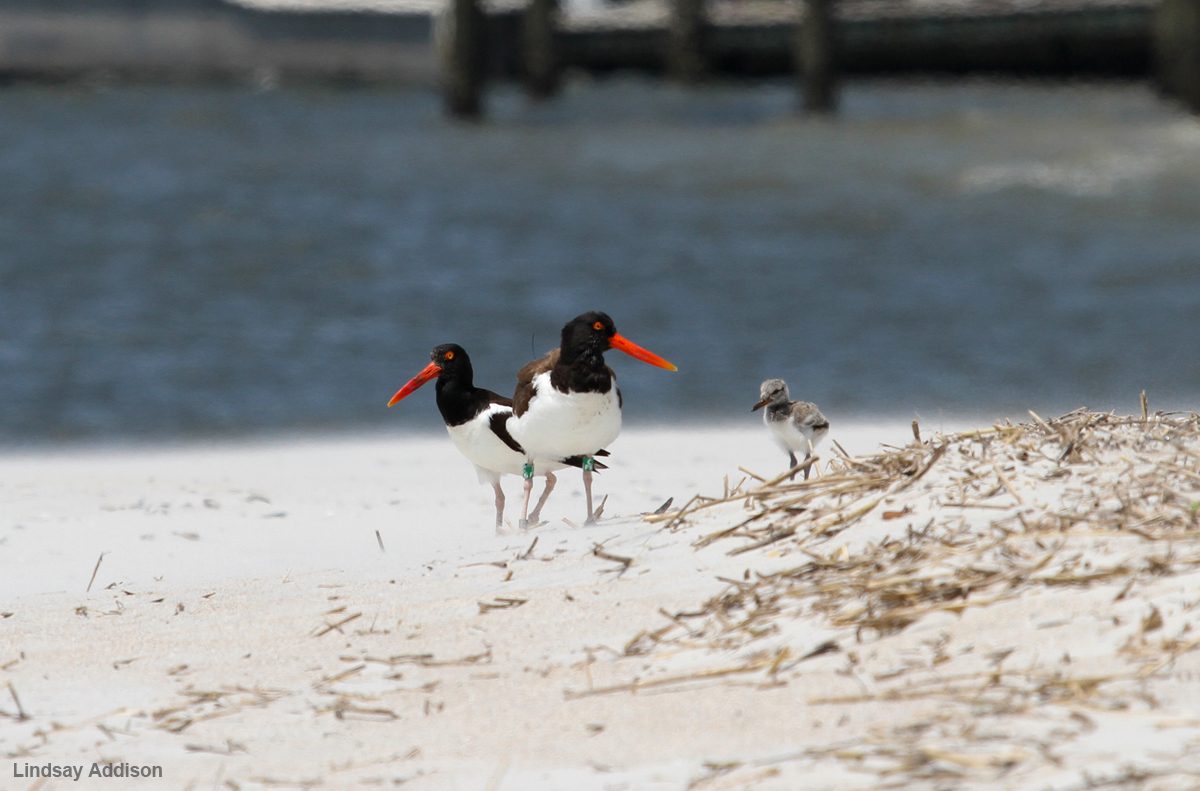
As shorebirds that nest on open beach, oystercatchers are eye-catching, but also vulnerable, since humans, too, are drawn to stretches of sand. Researchers are working to better understand their migratory patterns using leg bands and, more recently, satellite transmitters. This information will help them better protect these birds.
Oystercatcher habitat

Oystercatcher habitat in Rich Inlet, N.C., as seen from the air. Oystercatcher habitat stretches to the north and south, along the Atlantic and Gulf coasts of North America. Another variety of American oystercatcher lives on the Mexican Pacific coast. Other subspecies live further south.
Tracking the birds
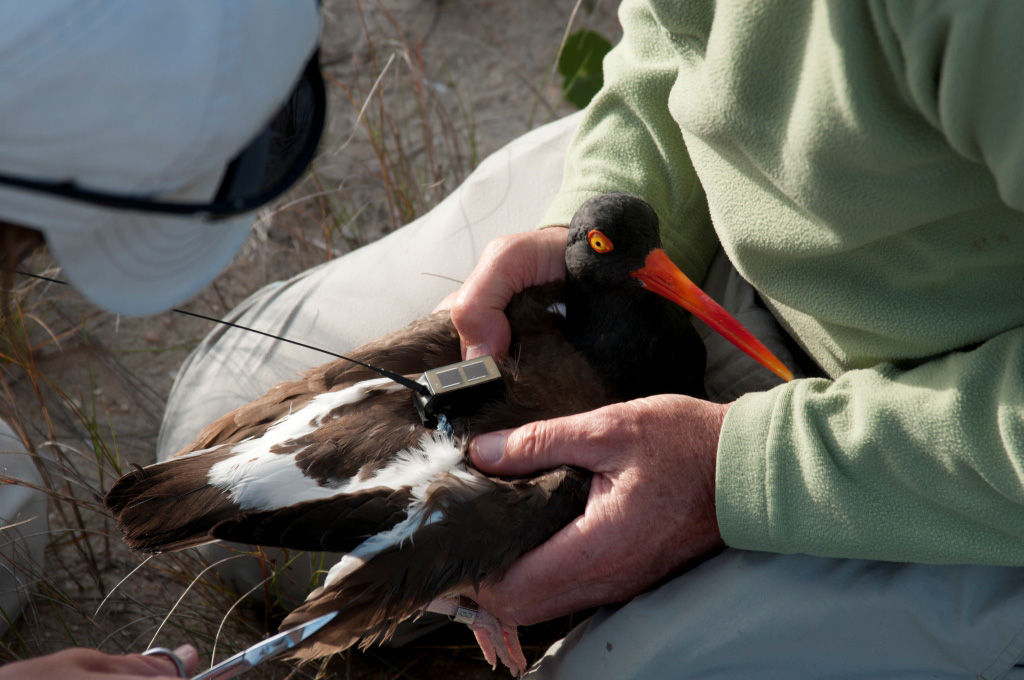
So far, researchers in North Carolina have outfitted five oystercatchers with backpack-like satellite transmitters in order to better understand their migration patterns. Here, one of the five oystercatchers receives a transmitter. Scientists aren't the only ones who can keep tabs on the oystercatchers' travels. Anyone can check on their locations using a map on Audubon North Carolina's website, Oystercatchertracking.org.
Snapshot sightings
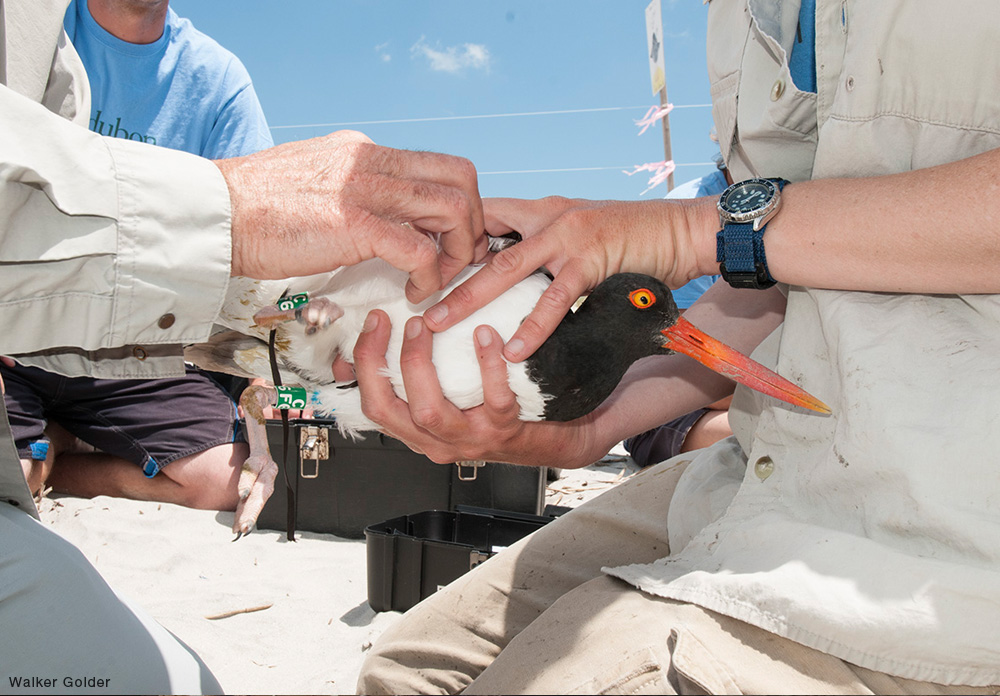
So far, scientists have only snapshots of the oystercatchers' migratory habitats based on sightings of birds with leg bands, visible in green here. The birds show a variety of migration patterns: Some make long trips of about 930 miles (1,500 kilometers) in spring and fall, while some make much shorter trips or don't travel at all, said study researcher Ted Simons of North Carolina State University.
Oreo the oystercatcher
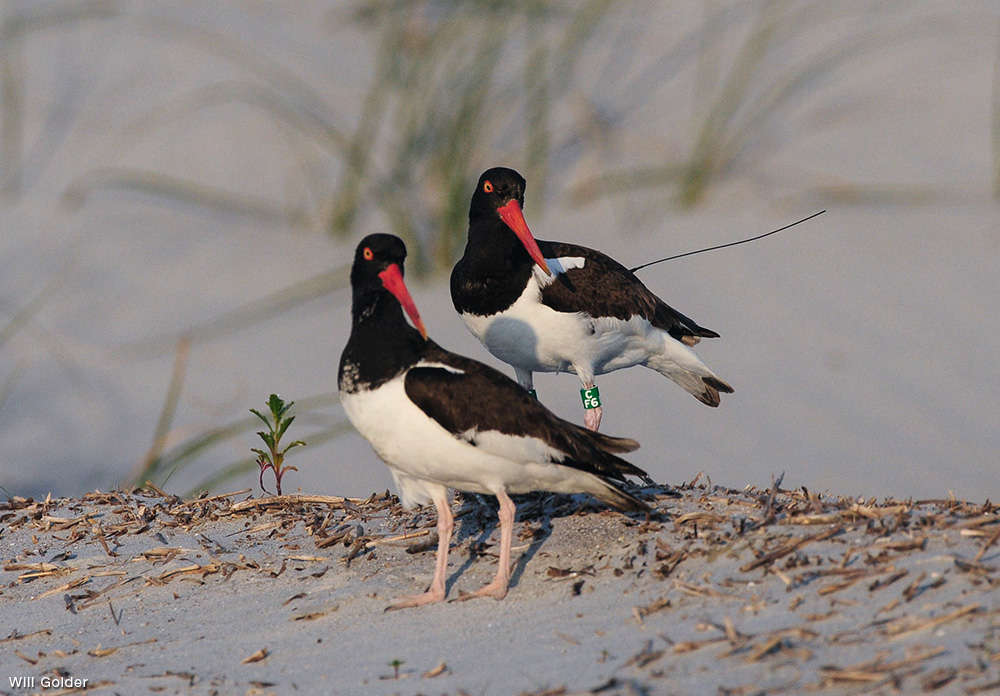
The bird with the green leg tag seen here was named Oreo by a local fifth grade class. The other bird is her (or his) mate. Because male and female oystercatchers have identical plumage, similar body sizes and carry their sex organs internally, researchers have difficulty distinguishing the males from females. Both sexes care for the eggs and chicks.
Laying eggs
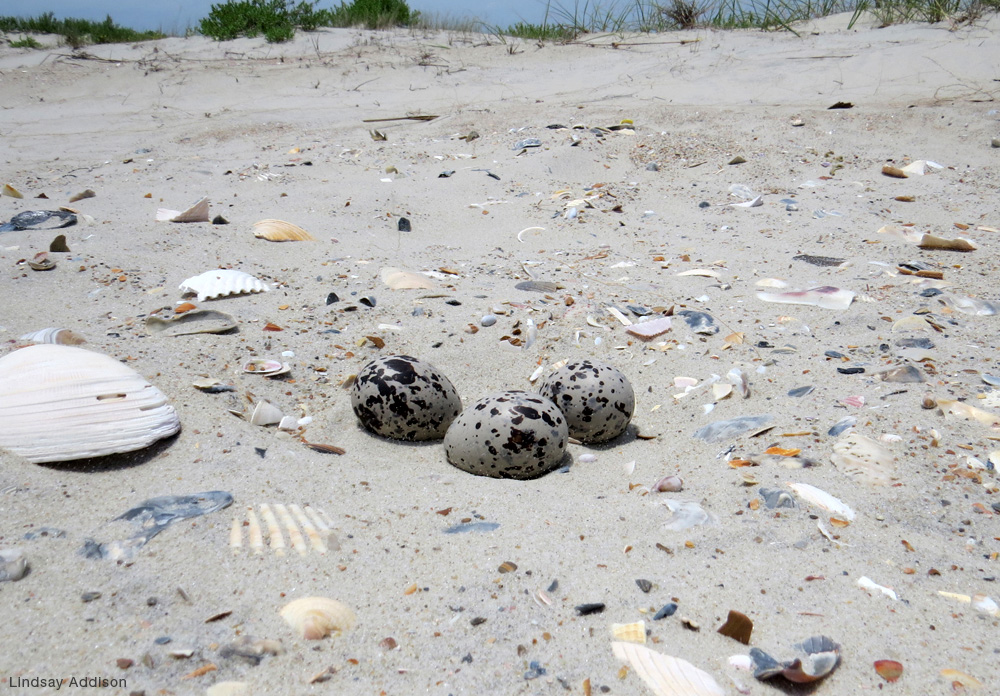
Oystercatchers lay clutches of three eggs on open sand beaches. This habit makes them vulnerable to human recreation and coastal development. Here is the nest belonging to CFX and his (or her) mate on the North Core Banks of Cape Lookout National Seashore.
Chick camouflage
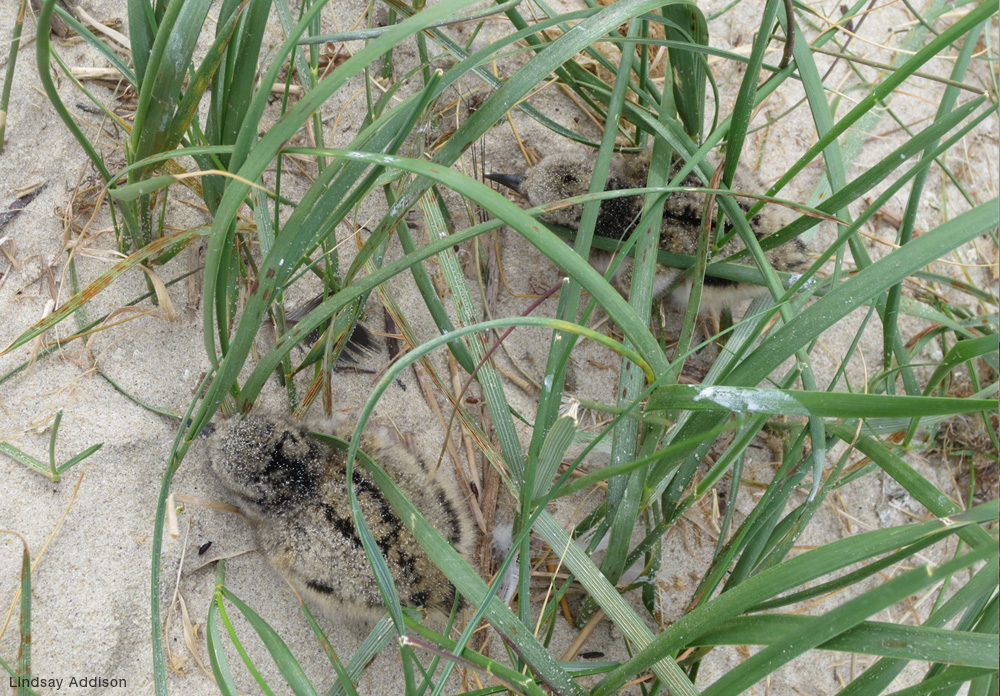
Two chicks belonging to an oystercatcher named Arnie and his (or her) mate. As the chicks get bigger, they find their own places to hide and rely on their plumage to camouflage them, according to Audubon's Oystercatchertracking.org.
Sign up for the Live Science daily newsletter now
Get the world’s most fascinating discoveries delivered straight to your inbox.
Fending off predators
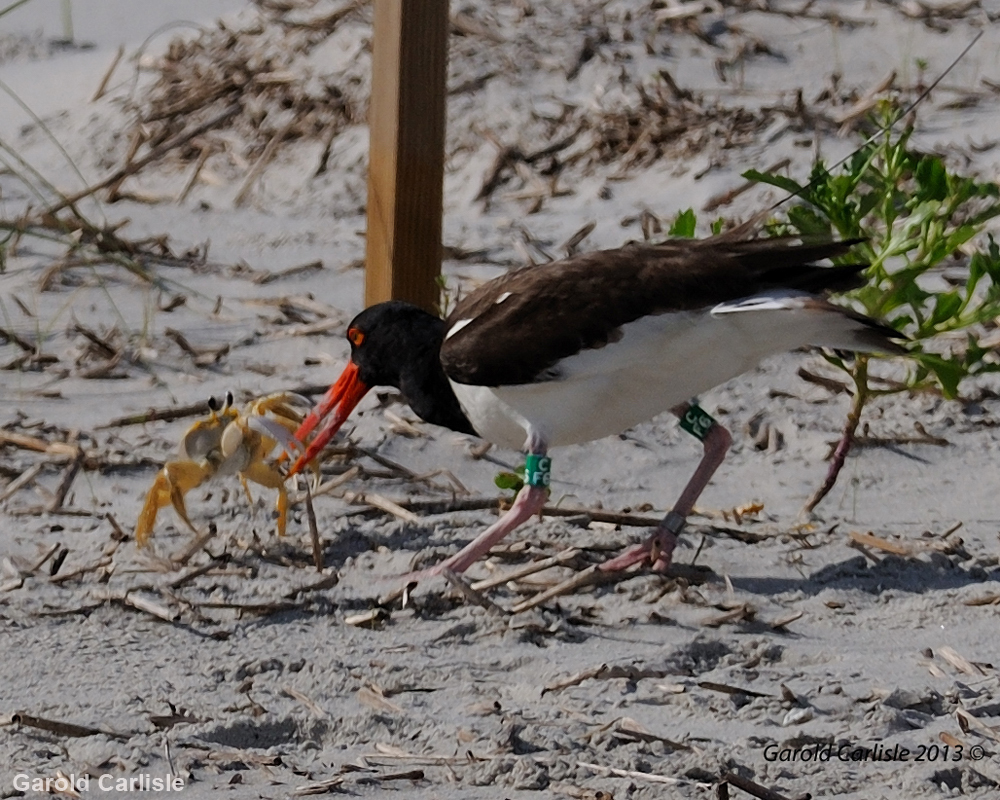
The chicks make appealing meals for predators, such as gulls and crabs. Here, Oreo takes on a potential predator, a ghost crab. As of mid-June, Oreo and her (or his) mate were hard at work feeding three chicks.
Putting the "oyster" in "oystercatcher"
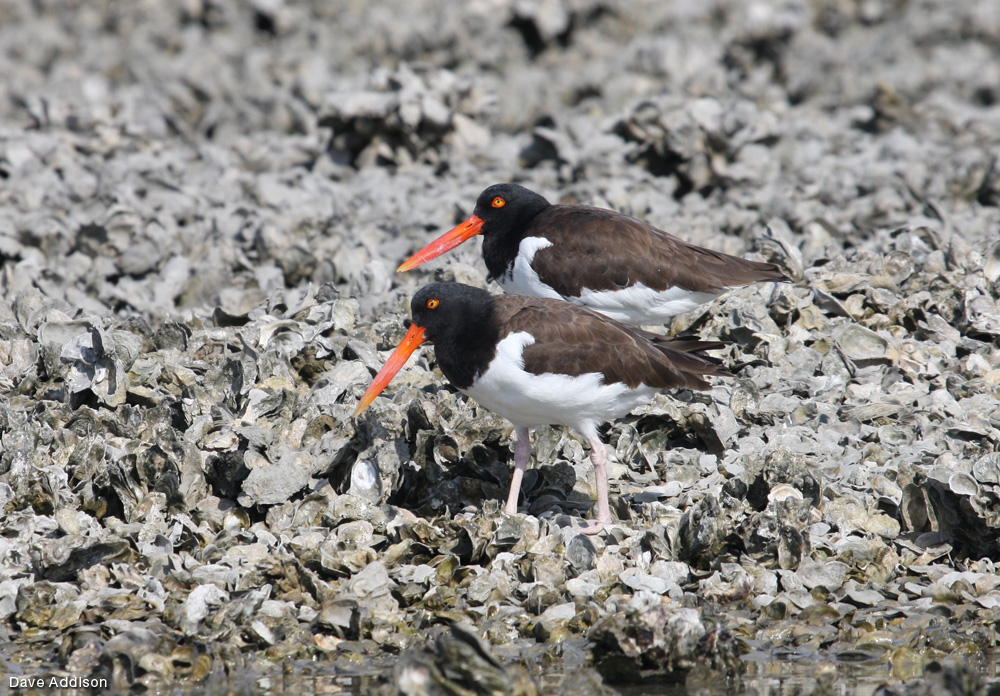
American oystercatchers eat mussels, clams and oysters, among other marine invertebrates. Above, oystercatchers with the food that gives them their name, oysters. The birds insert their long bills into barely opened shellfish in order to pry the two halves of the shell apart, according to Oystercatchertracking.org.
Chick feeding
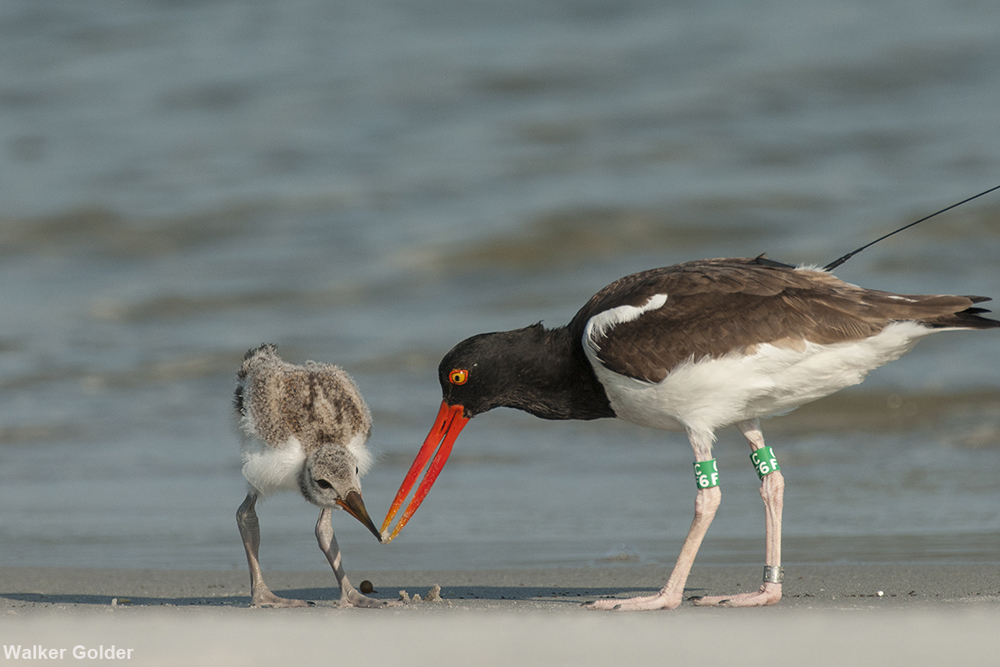
Oreo feeds her (or his) chick tiny clams called coquinas. Oystercatcher parents take their chicks to the water’s edge where they might forage for coquinas, but, for the most part, the parents rely on larger prey, such as oysters, to feed their chicks, according to Oystercatchertracking.org.
Catching an oystercatcher
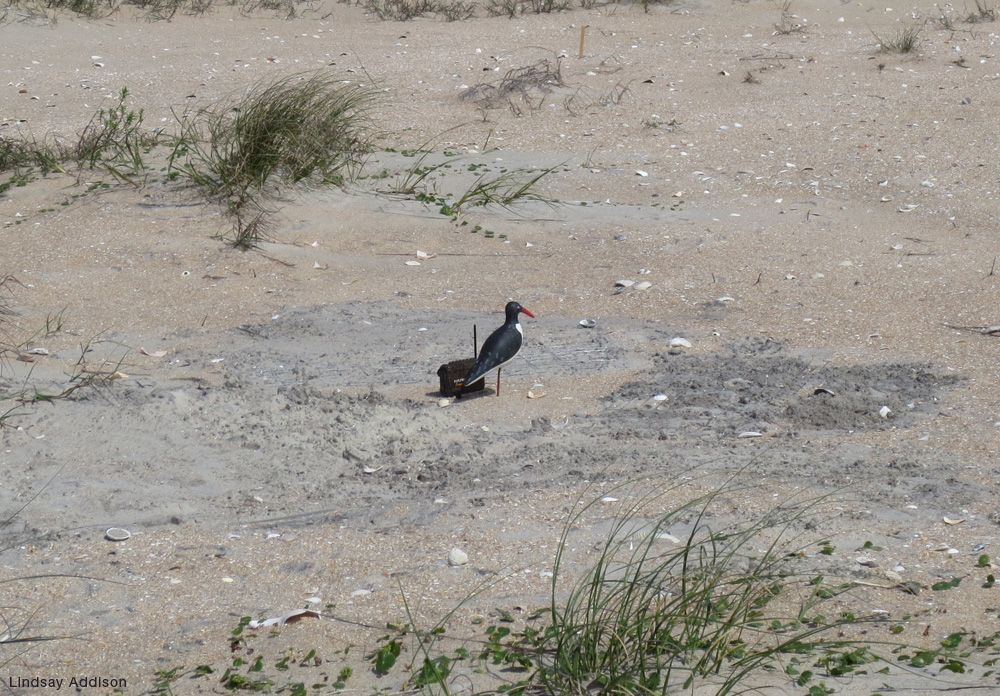
In order to trap an oystercatcher, researchers exploit the birds' territorial behavior during the breeding season. They set out a decoy oystercatcher, like the one shown here, surrounded by nets made into what are known as noose carpets. A territorial call plays from the box beside the fake bird, summoning the resident oystercatcher to defend his or her territory, and so step into the noose carpet.










